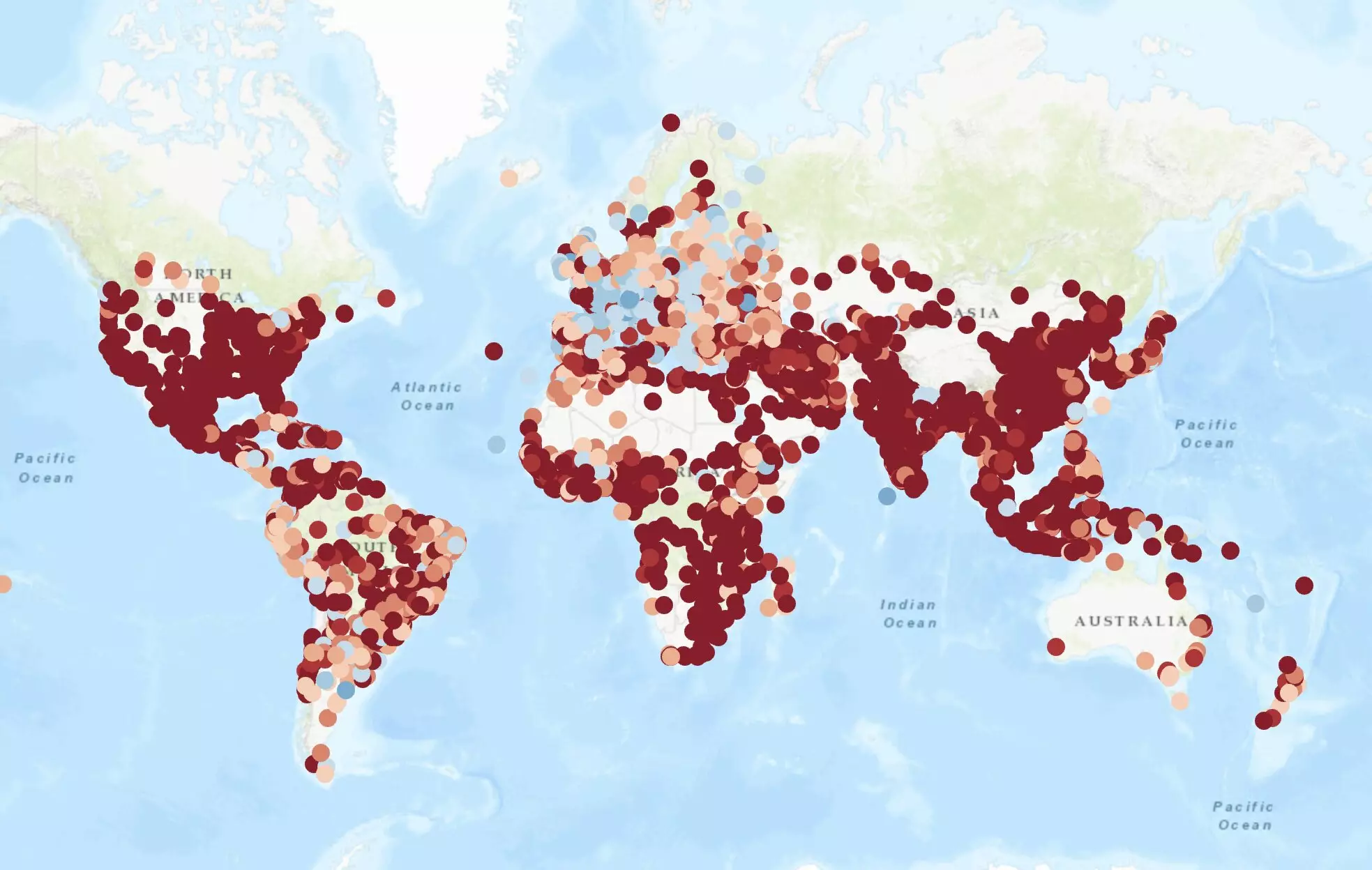As urbanization accelerates globally, with over half of humanity residing in city environments, the quest for livable urban spaces becomes increasingly urgent. The “15-minute city” has arisen as a promising solution, advocating for structural changes that prioritize access to essential services within a short walk or bike ride. This approach tackles many of the problems endemic to contemporary urban life, from crushing traffic and escalating pollution levels to pervasive social isolation.
The Promise of Proximity
At its core, the 15-minute city is a response to the challenges faced by urban dwellers. Proponents argue that by ensuring residents can access critical amenities, such as healthcare, education, public transport, and recreational facilities within a 15-minute radius, communities can become more sustainable and cohesive. This spatial strategy not only promotes eco-friendly travel options like biking and walking but also encourages social interaction within neighborhoods, thereby combating isolation and a lack of community engagement.
Recent research spearheaded by a team led by Vittorio Loreto sheds light on the advancement—or lack thereof—of cities toward achieving this ideal. By quantifying urban accessibility on a global scale, the study revealed pronounced inequalities both within various neighborhoods and across different cities around the world. For instance, while European cities like Vienna were lauded for their impressive accessibility measures, numerous cities across the United States, Africa, and parts of Asia lag substantially in providing essential services within close proximity.
The disparities highlighted in the study point towards a harsh reality: access to services is often directly correlated with socio-economic status. In many urban environments, areas rich in services frequently come with a hefty price tag, which means only the economically privileged can afford to reside in these well-serviced neighborhoods. This situation raises critical questions about the nature of urban planning. Should efforts aim to redistribute existing services more equitably, or do cities need to invest heavily in transportation infrastructure to connect underserved areas to essential shops and services?
Loreto and his research team sought to tackle these questions through an innovative “relocation algorithm.” This tool enables city planners to explore various scenarios wherein services are relocated or increased, simulating how these changes can lead to improved access for residents. Such an analytical approach is vital, as it allows urban planners to envision the minimum number of services required to realistically realize the 15-minute city framework. It also underscores an essential observation—the model of proximity-based urban planning may be unattainable in numerous locales, signaling that an entirely novel urban strategy may need to be developed.
The implications of these findings extend far beyond mere accessibility metrics. They emphasize a pressing need to embrace a holistic view of urban planning—one that goes beyond the simplistic notion of a city functioning based solely on time to access services. Instead, cities must adopt value-based approaches tailored to their unique demographics, cultural landscapes, and socio-economic formations. A successful urban environment should consider the diverse factors that affect residents’ quality of life, from population density to economic conditions.
The notion of a cookie-cutter solution to urban design stands to be thoroughly challenged. Cities require bespoke strategies that cater to their individual complexities, ensuring that efforts toward creating more equitable urban locales reflect the realities faced by their inhabitants.
The transition towards equitable urban spaces holds significant benefits far beyond convenience. An increase in accessibility can translate into enhanced healthcare outcomes, improved educational opportunities, and greater cultural engagement for local communities. These advantages foster civic engagement and empowerment, allowing residents to thrive within their environments as informed contributors to society.
In this light, the concept of the 15-minute city serves as a transformative framework, necessitating a reevaluation of urban priorities. By seeking to create cities that promote access, equity, and community engagement, urban planners and policymakers stand to redefine the nature of city living vastly. It is an invitation to rethink how cities are structured, not just in terms of infrastructure but also within the very spirit of community, collaboration, and connectivity that they foster.
Fundamentally, the pursuit of the 15-minute city encapsulates a vision for the future of urban living—one characterized by inclusivity, sustainability, and a heightened sense of locality, ensuring that cities serve as vibrant hubs for all their residents.

